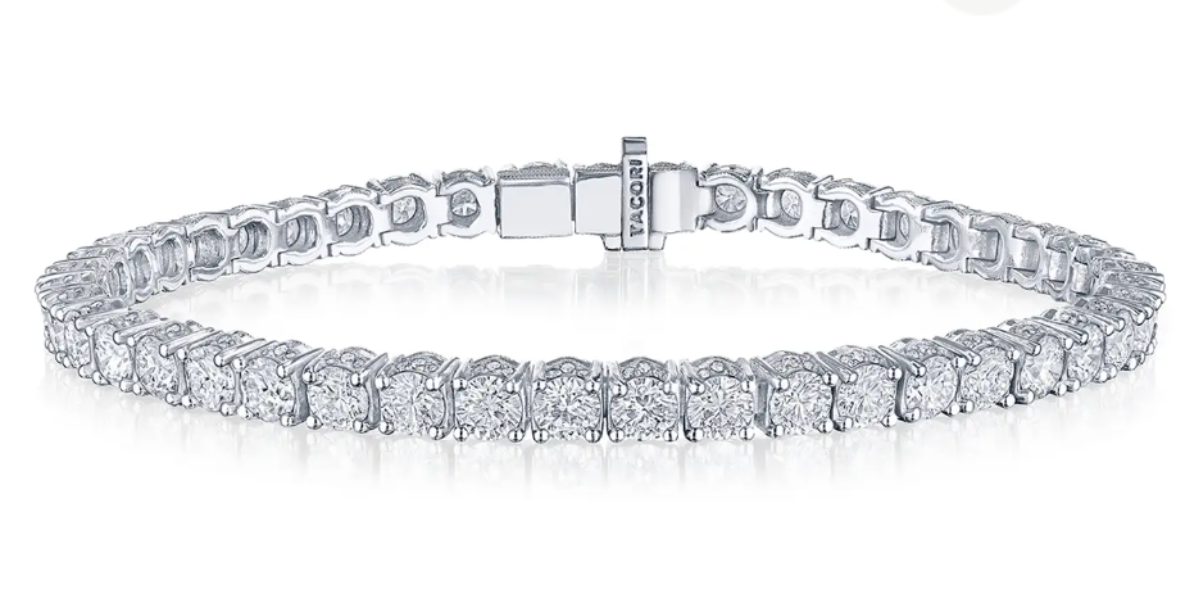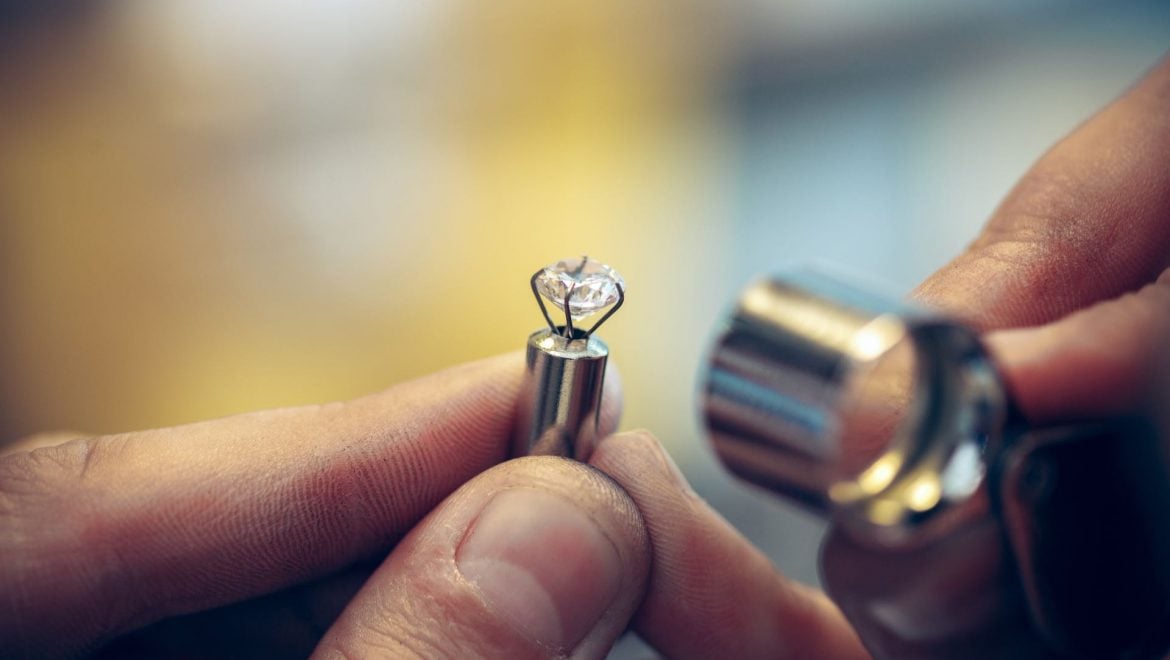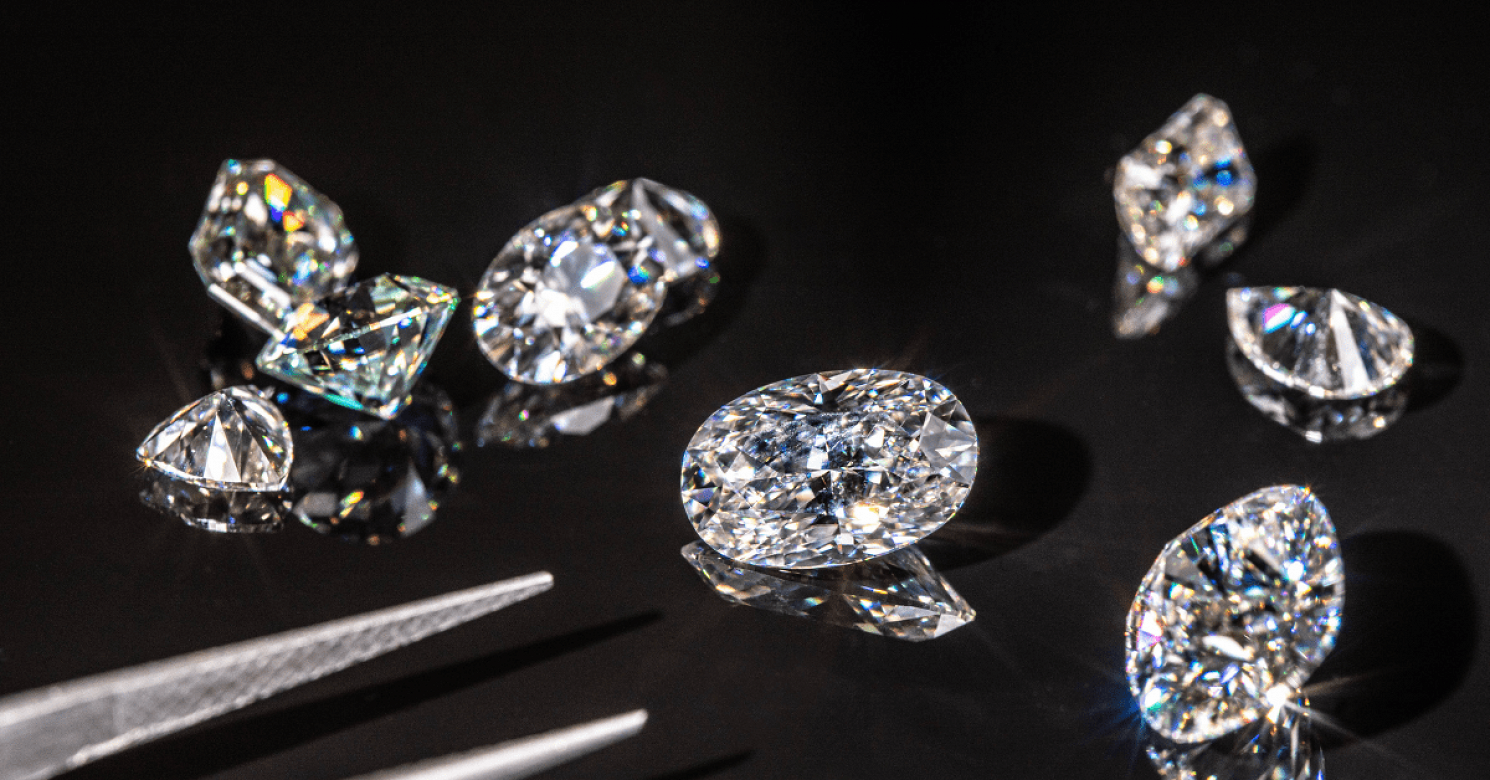The diamond industry has evolved significantly in recent years, largely due to advancements in lab-grown diamond technology. Two prominent methods for creating lab-grown diamonds are High-Pressure High-Temperature (HPHT) and Chemical Vapor Deposition (CVD). Both methods result in diamonds with the same physical, chemical, and optical properties as natural diamonds, but they have distinct processes and characteristics. This article will explore the differences between HPHT and CVD diamonds to help you understand these fascinating lab-grown gems.
What Are HPHT Diamonds?
High-Pressure High-Temperature (HPHT) is a method that replicates the natural conditions under which diamonds form in the Earth’s mantle. The process involves subjecting a carbon source to extreme pressure (around 60,000 atmospheres) and temperature (over 2,000 degrees Celsius). This environment mimics the conditions that create natural diamonds, leading to the formation of a diamond crystal.
What Are CVD Diamonds?
Chemical Vapor Deposition (CVD) is a process that involves creating diamonds from a gas phase. In this method, a diamond “seed” crystal is placed in a vacuum chamber, where it’s exposed to a carbon-rich gas (like methane) and heated to around 800 to 1,200 degrees Celsius. The carbon atoms from the gas adhere to the seed, gradually forming a diamond layer by layer.
Key Differences Between HPHT and CVD Diamonds
Though both HPHT and CVD diamonds are chemically and optically identical to natural diamonds, there are some key differences in their creation processes, characteristics, and applications.
Formation Process
- HPHT Diamonds: Formed under intense pressure and heat, similar to natural diamonds.
- CVD Diamonds: Created in a vacuum chamber with a controlled gas environment.
Growth Time
- HPHT Diamonds: Generally grow more quickly due to the high-pressure conditions.
- CVD Diamonds: Tend to grow more slowly lab grown diamonds, allowing for greater control over the diamond’s quality and purity.
Internal Characteristics
- HPHT Diamonds: May contain metallic inclusions due to the presence of metal catalysts in the growth process. These inclusions can be detected through spectroscopy and are often used to identify HPHT diamonds.
- CVD Diamonds: Often contain fewer metallic inclusions, but may have different types of internal structures or patterns, such as striations or “graining.”
Applications
- HPHT Diamonds: Due to their similarity to natural diamonds, HPHT diamonds are often used in jewelry. They can also be used for industrial applications, such as cutting and grinding tools.
- CVD Diamonds: Commonly used in industrial and technological applications, including electronics, optics, and quantum computing. Their controlled growth process makes them suitable for creating specific shapes and sizes.
Color and Clarity
- HPHT Diamonds: Often used to create fancy-colored diamonds, as the high-pressure process allows for the introduction of certain impurities to produce various hues.
- CVD Diamonds: Typically more focused on achieving high clarity and colorless stones, though they can also be used to create colored diamonds.
Conclusion
Both hpht vs cvd diamonds offer unique advantages, and each has its place in the diamond industry. If you’re interested in a lab-grown diamond for jewelry, both methods provide beautiful options. Understanding the differences between HPHT and CVD diamonds can help you make an informed choice when selecting the perfect diamond for your needs. Ultimately, whether you’re considering lab-grown diamonds for ethical reasons, cost savings, or specific applications, both HPHT and CVD diamonds offer high-quality alternatives to natural diamonds.






More Stories
The Allure of Lab-Grown Diamond Jewelry: A Modern Marvel
The Anatomy of Pawn Shops: Insights into Their Functionality and Services
Understanding the Differences: IGI vs GIA Lab Grown Diamonds